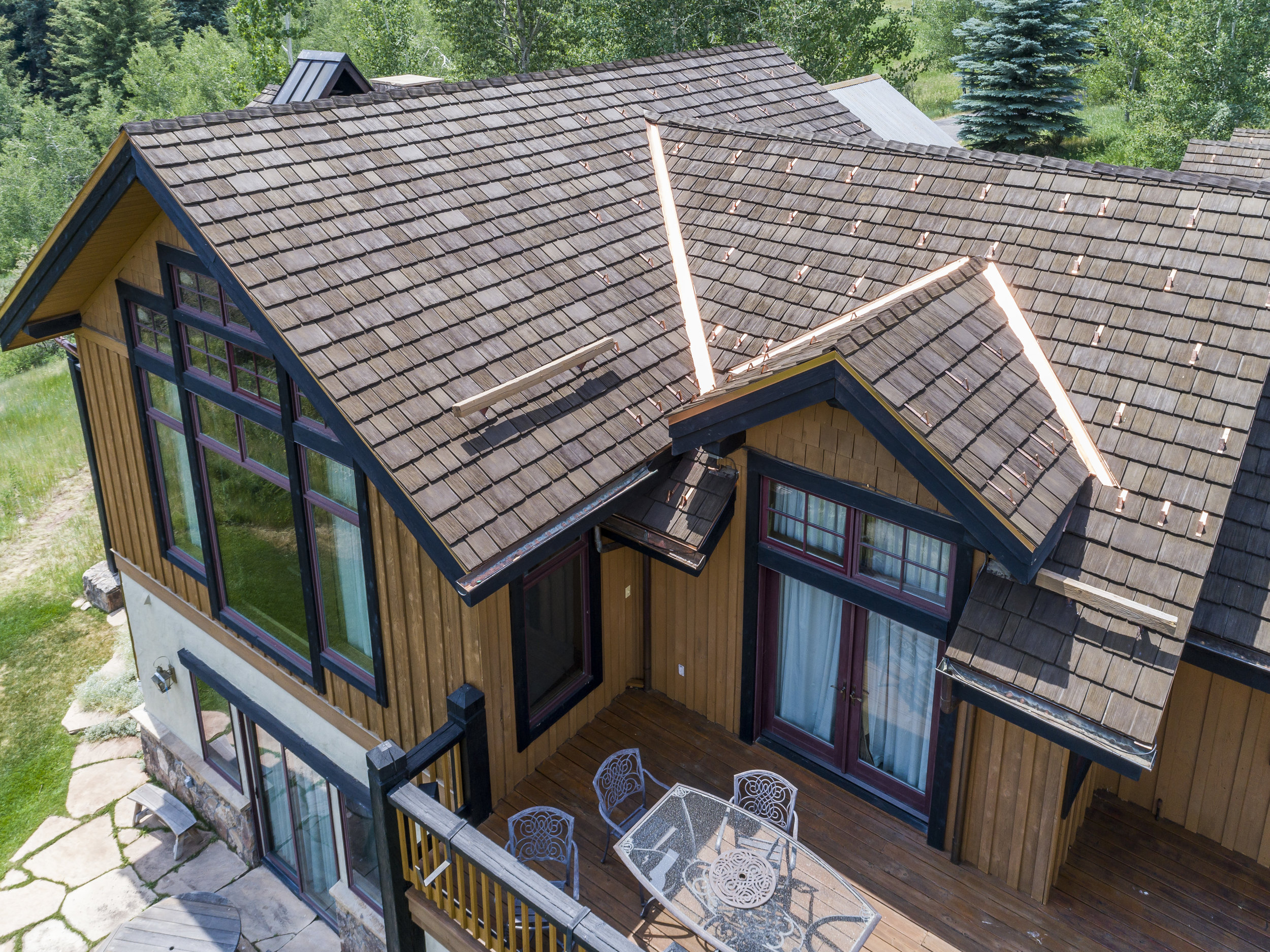A Guide To Understanding Cool Roof Shingles and the Cool Roof Rating Council
Your roof is what helps protect your home from the outside world. It prevents the elements, insects, and other little critters from sneaking into your home and trying to claim it as their own. So, naturally, it makes sense that you want a roof that will adequately protect your home. One type of roof to consider, when looking at all of the different roofing options, is a cool roof. Here is what you need to know about what a cool roof for residential areas is, and what it can do for your home.
What is A Cool Roof for Residential Areas?
The term cool roof refers to a roofing product with high solar reflectance and thermal emittance properties. Solar reflectance refers to a roofing material’s ability to reflect the sun’s solar energy back into the atmosphere. Thermal emittance provides a means of quantifying how much of the absorbed heat is rejected for a given material.
Cool roofs are a somewhat unique kind of roof that is specially designed to reflect more sunlight, and therefore absorb less heat than the standard roof. Cool Roof materials were originally created for California residents as a method to decrease heat in populated areas. If white roofs or cool roofs are used instead of asphalt shingles and dark colored roofs it can reduce the temperature of a community as a whole.
Although it is greatly beneficial to populated areas, Cool Roofs are beneficial to virtually any type of building or urban environment where the urban heat island effect can come into play. However, although a residential cool roof offers many benefits, it is essential to consider various factors such as your area’s climate, before choosing to install a cool roof. Areas of cooler temperatures, for example, would not benefit from a cool roof as warmer temperature-areas would.
What is the Cool Roof Rating Council?
The Cool Roof Rating Council (CRRC) was created in 1998 to develop accurate and credible methods for evaluating and labeling energy benefits associated with roofing products. It is the sole entity the California Energy Commission recognizes for certifying the solar reflectance and thermal emittance values of roofing products. If a product is approved by the CRRC, it is recognized as Title 24 compliant in the state of California. Only products listed within the CRRC’s Rated Products Directory may be used to meet cool roof requirements.
Benefits of Cool Roofs
A Stronger Roof: A potential more durable roof, with a longer lifespan and fewer maintenance costs.
Temperature Reduction: Significantly reduced temperatures during the summer, including the internal temperature of the home or building, especially compared to traditional cooling techniques.
Lower Utility Use and Cost: Due to a residential cool roof significantly reducing temperatures internally and externally, homeowners will have to rely less on their air conditioning system. As a result, homeowners can spend less on their energy bills.
Reduced Heat Island Effect: The heat island effect is a common issue in urban environments, and by installing cool roof solutions in those areas, the building’s overall temperature will not only be lowered, the surrounding area will be as well.
Reduced Air Pollution: When people use their AC systems, it reduces the burning of fossil fuels, and therefore reduces the admission of harmful greenhouse gasses. As a result, it can also lead to higher air quality, due to the reduction of these harmful emissions that lead to issues like smog in certain places.
Utility Rebates: Another benefit to cool roof installation is the fact that there are several utility rebates that may allow you to earn back your initial cool roof shingles cost, and then continue to save you money over time.
Cool Roof Products
When cool roof products first began getting produced, they were always white, or a lighter color that would better reflect the sun’s rays and not absorb excess amounts of heat. They have also historically been made using special, highly reflective paint or specially designed cool roof shingles. However, due to newer technology, this has changed, and now you can find cool roof solutions in a wide range of styles and colors.
In terms of cool roof installation, there are a few ways to go about installing a new cool roof on your home:
1. Replace your roof entirely with cool roof shingles.
2. Re-cover your existing roof with cool roof products.
3. Retrofit your existing roof so that it is more reflective.
Whatever cool roof installation option you choose depends on your budget and chosen material, and each has its own benefits to consider.

